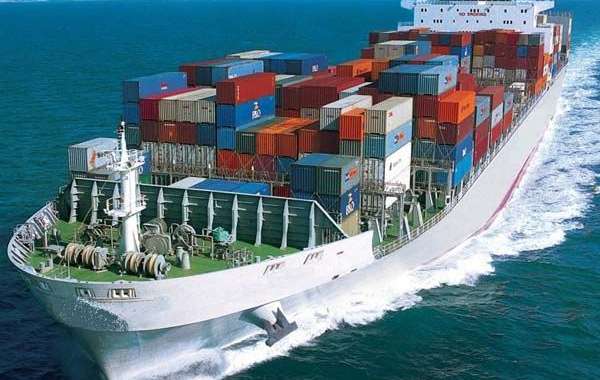Introduction
Roll-On/Roll-Off (RORO) shipping has become a critical component of the maritime industry, offering an efficient and versatile solution for transporting wheeled cargo. This blog explores the concept of RORO Shipping, its benefits, recent innovations, and its role in global trade, as well as the challenges and future trends in this dynamic sector.
What is RORO Shipping?
RORO shipping involves vessels designed to carry wheeled cargo such as cars, trucks, and trailers that are driven on and off the ship on their own wheels. This method contrasts with traditional container shipping, where goods are loaded and unloaded using cranes. RORO vessels include Pure Car Carriers (PCCs) and Pure Truck Carriers (PTCs), each tailored to specific types of cargo. The evolution of RORO shipping can be traced back to the early 20th century, with significant advancements made over the decades.
Advantages of RORO Shipping
Speed and Efficiency
One of the primary advantages of RORO shipping is the speed and efficiency of loading and unloading processes. Since vehicles can be driven directly onto and off the ship, turnaround times at ports are significantly reduced compared to container shipping.
Cost-Effectiveness
RORO shipping is also cost-effective, as it requires fewer labor resources for loading and unloading. Additionally, lower port fees are associated with RORO operations due to their streamlined processes.
Safety and Security
The design of RORO vessels minimizes the risk of damage to cargo during transit. Enhanced security measures and the ability to keep vehicles within enclosed spaces further contribute to the safety of transported goods.
Innovations in RORO Shipping
Technological Advancements
Recent technological advancements have revolutionized RORO shipping. Automation in loading and unloading processes, as well as the integration of AI and IoT for better tracking and management, have significantly improved efficiency and reliability.
Eco-Friendly Solutions
The maritime industry is increasingly adopting green technologies to reduce its environmental impact. RORO vessels are now equipped with eco-friendly solutions that lower emissions and contribute to a smaller carbon footprint.
Design Improvements
Innovations in vessel design have led to better capacity and stability, enhancing the overall performance of RORO ships. Modern cargo handling equipment has also been developed to facilitate more efficient operations.
RORO Shipping in Global Trade
RORO shipping plays a vital role in global trade and logistics, providing a crucial link in the supply chain for automotive and heavy machinery industries. Key regions and routes for RORO services include Europe, Asia, and North America, with numerous successful RORO shipping companies operating worldwide.
Challenges and Solutions in RORO Shipping
Operational Challenges
Despite its advantages, RORO shipping faces several operational challenges, such as port infrastructure limitations and weather-related issues. Addressing these challenges requires significant investment in port facilities and robust contingency planning.
Regulatory Challenges
Compliance with international maritime laws and customs regulations can also pose difficulties for RORO operators. Streamlining regulatory processes and adopting best practices can help mitigate these challenges.
Solutions and Best Practices
To overcome these obstacles, the industry must invest in infrastructure improvements and adopt international best practices. Collaborative efforts between governments and the private sector are essential to enhancing the efficiency and reliability of RORO shipping.
Future Trends in RORO Shipping
The future of RORO shipping looks promising, with emerging markets and technological advancements driving growth. Innovations in automation, eco-friendly technologies, and vessel design will continue to shape the industry. Additionally, the expansion of global trade networks presents new opportunities for RORO services.
Conclusion
RORO shipping is poised to play an increasingly important role in the maritime industry, thanks to its efficiency, cost-effectiveness, and adaptability. As technological innovations and eco-friendly solutions continue to evolve, RORO shipping will remain a key component of global trade, overcoming challenges and capitalizing on new opportunities.
FAQs
What types of cargo are best suited for RORO shipping?
RORO shipping is ideal for wheeled cargo such as cars, trucks, and trailers, as well as heavy machinery and construction equipment.
How does RORO shipping compare to container shipping?
RORO shipping offers faster loading and unloading times, lower labor costs, and reduced risk of cargo damage compared to container shipping.
What are the environmental benefits of RORO shipping?
Eco-friendly technologies used in modern RORO vessels help reduce emissions and lower the industry's carbon footprint.
Which regions are most commonly serviced by RORO vessels?
Key regions for RORO services include Europe, Asia, and North America, with established routes and ports specializing in RORO operations.
What are the latest technological innovations in RORO shipping?
Recent innovations include automation in loading and unloading, the use of AI and IoT for better management, and improvements in vessel design and eco-friendly solutions




